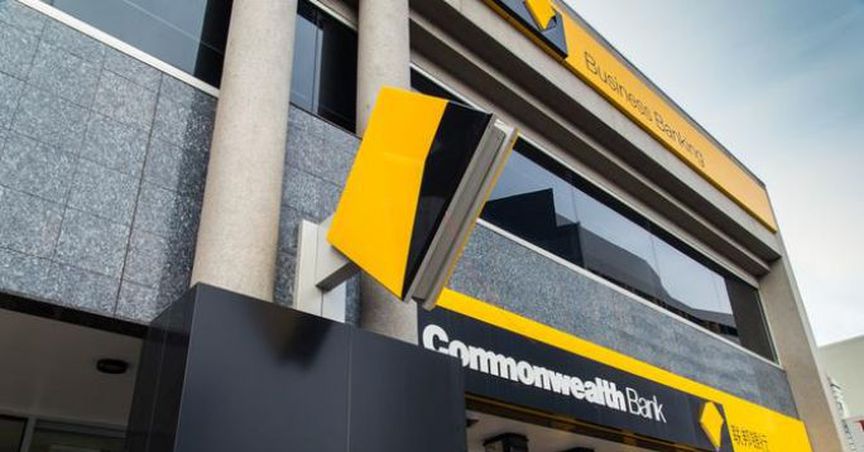When it comes to banks used by the richest i.e. 10% of the total population, a new research from Roy Morgan shows that the Commonwealth Bank of Australia is the clear leader among all the banks with more than a third i.e. 36.7% being its customers. Particularly important as recognized in the newly released report, this segment accounts for nearly half i.e. 48.3% of total Australian householdsâ net wealth.
Based on detailed personal interviews conducted with over 50,000 Australians per annum face-to-face in their homes, these are the latest results from Roy Morganâs Single Source survey which includes over 5,000 of the wealthiest 10%. When it comes to the banks dealt with by the wealthiest 10% of Australians, the big four dominated the market. The banks with the highest penetration are National Australia Bank (22.5%), Australia and New Zealand Banking Group (23.7%), Westpac Banking Corporation (25.7%), and Commonwealth Bank of Australia (36.7%), however, individuals in this vital segment generally deal with more than one bank.Â
Compared to what they have in the total population a number of the smaller banks have much higher customer penetration in this segment like Citibank (3.9%), Macquarie (4.9%), ING (7.6%), and St George (11.3%). Well ahead of second placed Citibank on 22.3%, more than a quarter (27.9%) of Macquarie customers are in the wealthiest decile. St George and ING both on 16.9% follows the Macquarie and Westpac with 15.7% the best of the big four. Representing only 10.1% of their total personal customers, the CBA has the biggest share of this market.
Accounting for nearly half of total household wealth in Australia, with an average net wealth of over two million dollars for individuals in the top wealth decile, it is a key segment for banks to understand and establish a relationship with. Over the last decade it has had the highest growth rate with over 70%, this segment not only has clearly the highest average net worth represented an increase of around $800,000 in average net wealth.
On an average they hold over $750,000 across all financial services including loans, wealth management, credit card outstanding and superannuation which is the real value of this segment to financial institutions. They represent only 10% of the population, but in total they account for 36% of the total value of the financial services and personal banking market in Australia. CBA was trading at a market price of $65.630 as at October 15, 2018 which is near its 52-week low under the financial sector. The stock has also witnessed a performance change of -12.28% over the past 12 months period.
The Income available from dividends remains attractive for many investors.
We take a look at the best yields on the market and assess what they say about a companyâs prospect.
One Thing is certain, though, Australia interest rates are still low, making income difficult to come by and keeping the focus for many investors on high yielding stocks. Kalkineâs team of analysts bought you handpicked report for âTop 25 Dividend Stocks For 2018.â
ASX-relevant Special Reports are published year-round to provide a detailed analysis into an investing opportunity or a potential risk to your portfolio.
Click here to get your free report.
Disclaimer
The advice given by Kalkine Pty Ltd and provided on this website is general information only and it does not take into account your investment objectives, financial situation or needs. You should therefore consider whether the advice is appropriate to your investment objectives, financial situation and needs before acting upon it. You should seek advice from a financial adviser, stockbroker or other professional (including taxation and legal advice) as necessary before acting on any advice. Not all investments are appropriate for all people. Kalkinemedia.com and associated websites are published by Kalkine Pty Ltd ABN 34 154 808 312 (Australian Financial Services License Number 425376). website), employees and/or associates of Kalkine Pty Ltd do not hold positions in any of the stocks covered on the website. These stocks can change any time and readers of the reports should not consider these stocks as advice or recommendations.
Â



